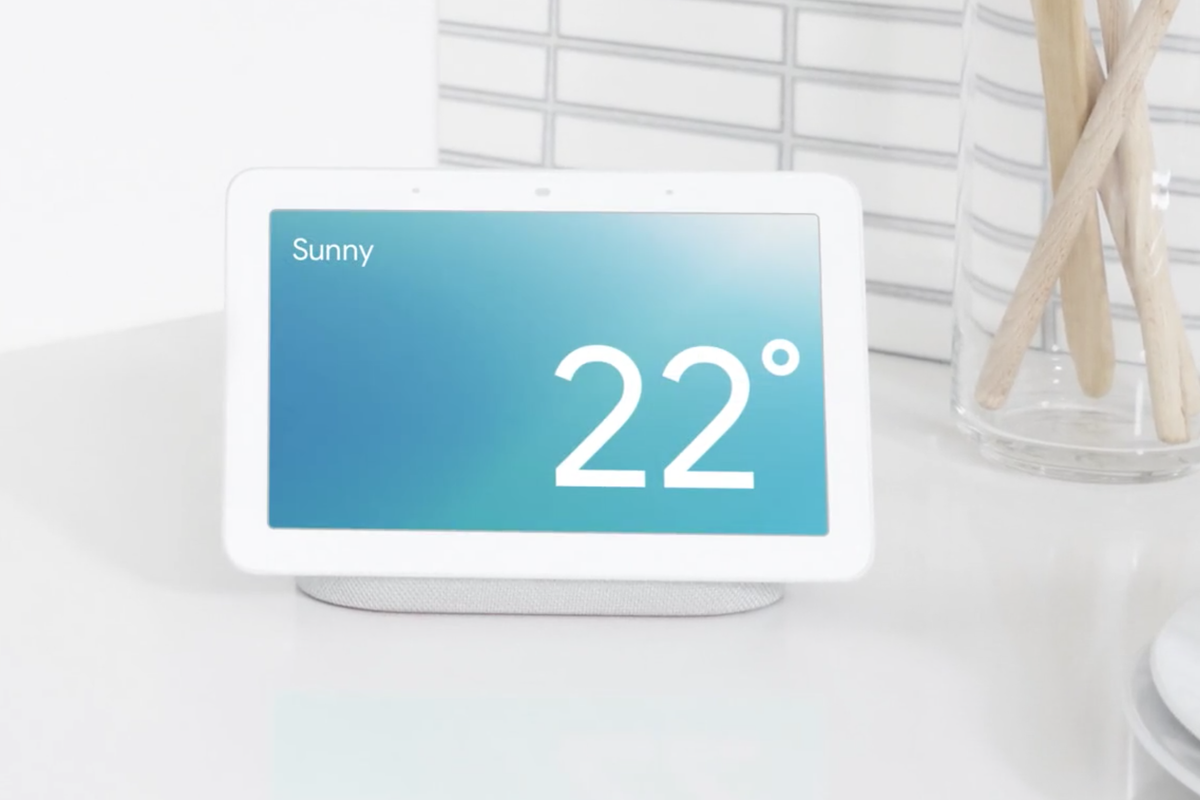
Google Nest
Google Home and Nest Hub now use ultrasound to see you without cameras
Smart displays adjust their font size and more based on how close you are

Smart displays adjust their font size and more based on how close you are
Google has begun rolling out a software update to its Nest and Home Hubs, helping them see their surroundings using ultrasound.
The feature brings a form of sight to the Nest Hub (and its predecessor, the Google Home Hub), despite the smart displays not having a camera, like the larger Nest Hub Max.
Read More:
The Hub Max uses its camera to recognize when people are nearby and who they are, then serves up personalized content on its screen based on who is there. The smaller Hub now uses ultrasound to work out where you are.
This system works by emitting soft, inaudible, ultrasonic pulses. These bounce off the surroundings and return to the Hub, which hears them with its microphone. A bit like radar and sonar, how these pulses return helps the device work out when objects are moving closer to it, or further away.
When the Hub senses you are further away while interacting with it, information on the display uses a larger font so it can be seen more clearly. The system will also show pending notifications on the display if it senses you approaching. However, the device cannot tell who the person is, so it will only show notifications and information relevant to everyone in the household, like a countdown timer set while cooking.

Ultrasound is also used to sense when you are reaching out to touch the display, then show controls just as your finger approaches. If you are far away from the display, the font sizes will be increased so you can more easily read notifications or check on a timer without walking over to get a better look.
If you ask the Google Assistant for a weather forecast, detailed information will be displayed if you are close by, but a simpler and larger forecast will be shown if you are further away. The same system applies when you ask about your commute, showing larger and clearer information if it senses you are across the room.
Touch controls for music playback appear on the screen when you get close to it, then disappear once you are out of touching distance.
Regarding privacy, Google said: "The ultrasound sensing feature is performed on your device and is used to adjust your display to make it more glanceable and easier to control based on your proximity to the device. No motion, proximity, or presence sensor data is sent to the cloud."
If you don't want to use the new ultrasound feature, it can be switched off by following these instructions:
The system can also be switched off if you flick the microphone mute switch on the back of the device.
Check out The GearBrain, our smart home compatibility checker to see the other compatible products that work with Google Home, Google Home Mini and other Google Assistant enabled
GearBrain Compatibility Find Engine
A pioneering recommendation platform where you can research,
discover, buy, and learn how to connect and optimize smart devices.
Join our community! Ask and answer questions about smart devices and save yours in My Gear.
